Brand Magic, the Succession of Time,
and the Portals of Perception
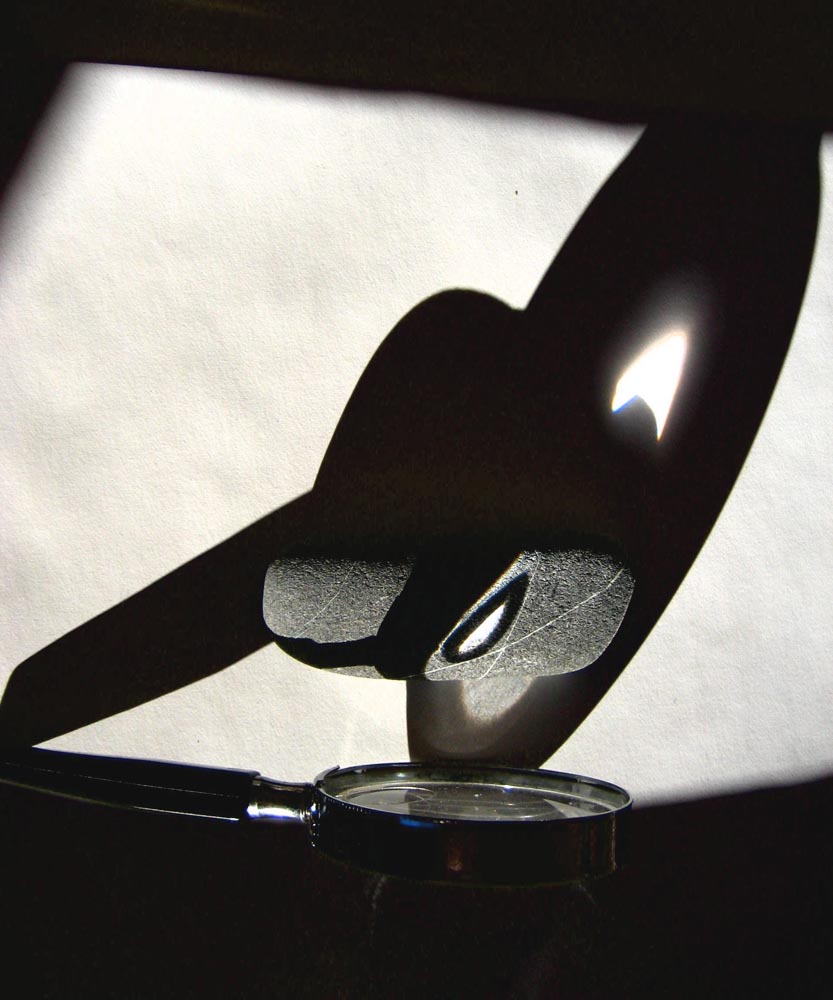
The very nature of brands is entirely wrapped around people—“who built the brand, and for whom did they build it?” Otherwise, to GIRVIN’s parlance:“what’s the story, who’s telling it, who’s listening,
what’s it look like, feel like and
—most critically, who cares?”
And, if they care, it’s special, it’s magical.

In [y]our line of work, we’re looking for magic—
inspired design that is full of emotional character.
It. Feels. Right.
It’s kind of like a super sense—you stand, circulate around the problem—create the design solution,
the thinking strategy and the visualized outcomes, there should be something striking,
and most crucially, something unforgettable.
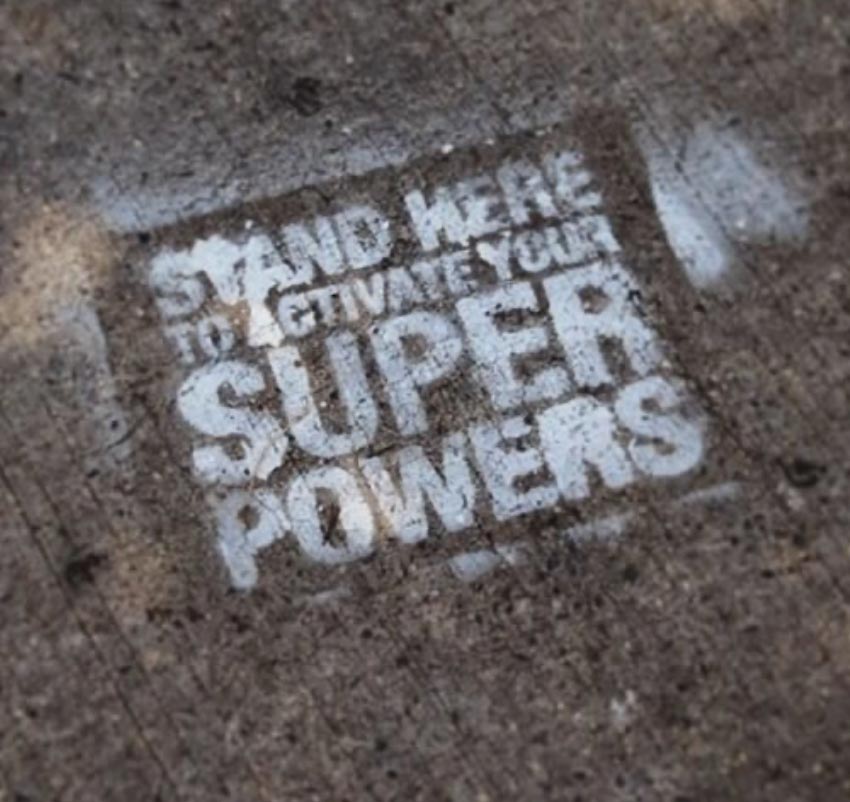
I call that brand magic—since really, we, as designers, or our recipients, the customer audiences—are about solutions that are so great, so marvelous, they’re magic—something that leans to the amazing. This, then, is a transformation. An idea, an inspired rendering, a drawn expression: it’s moving from a “mark,” that transcribes a plane and converts it into another plane of perception.
In my history, GIRVIN’s history, and a string of blogs, I’ve commented on the notion of design, magic and their intertwinement. It’s been pointed out by some that such a discussion is infertile and pretentious.
I disagree—because of my own experience. It’s something that I’ve referenced personally: my personal craft, like this alphabet mandala below for an exhibit of my calligraphy and booklets at the San Francisco library—called, appropriately, Alphabet Alchemy.
In that show, I was using letterforms, drawn by hand, as a journey into the translation of words, rendered in handbound booklets and broadsides as a kind of whorl, a tornado of alphabets. They obviously are taking a blank page that then becomes a modem from a vacant plane to one that is brimming with symbolic meaning.
For me, it symbolizes the power of the word,
voiced in the alphabet, as a vortex of ideas.
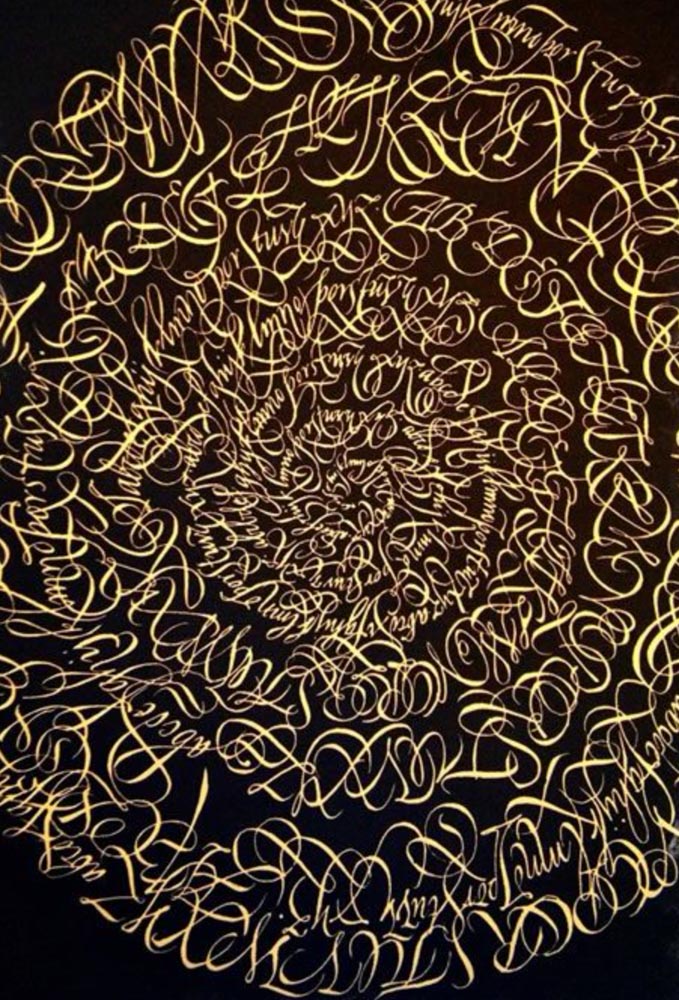
I think that it, along with anything else,
is predicated on the positioning of belief—and what lies beneath the storytelling.
And this spell-casting line would have to come to—and from–you, and what you believe. When you think about your work as a brand designer, strategist, what are you looking for to do the work. And how deeply will you reach, in what do you hold your premise of action? We’re looking for deeper illustrations, brand design with soul, depth—and magic—it’s a wow moment.

For you, a strategist, as a designer, a writer, an architect, an illustrator, a painter, a photographer—the quest for magical thinking and implementation is your own interpretation. How will you imbue meaning in the work, push further, get deeper, incorporate a discoverable symbology?
Creating, what do you take away from it?
So what one each design thinker might contemplate, to the craft of their being, is a suggestion of their thinking and how that layers to consciousness in craft, what you do, what others do—
what is made? And how, and why?
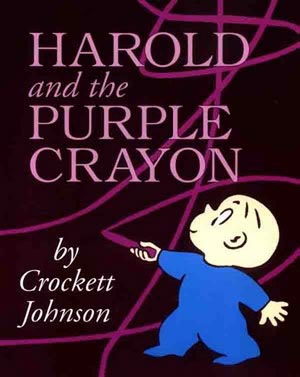
When I think about this idea of the magical transitioning of idea, to mark, to plane transformation—I make a mark and I change everything—what was nothing, now is some thing new. Just like, as above, Harold and the Purple Crayon, an imaginative worlds creator. And for any creative, to each,
a story to their own legacy of interpretation:
Even digital workers, it’s doing the work of transiting electrons from vacant screens to pixelated fields.
Right,
but soul, emotion, meaning, and content?
Being human, these are words with gravitas.
When you look, what do you see?
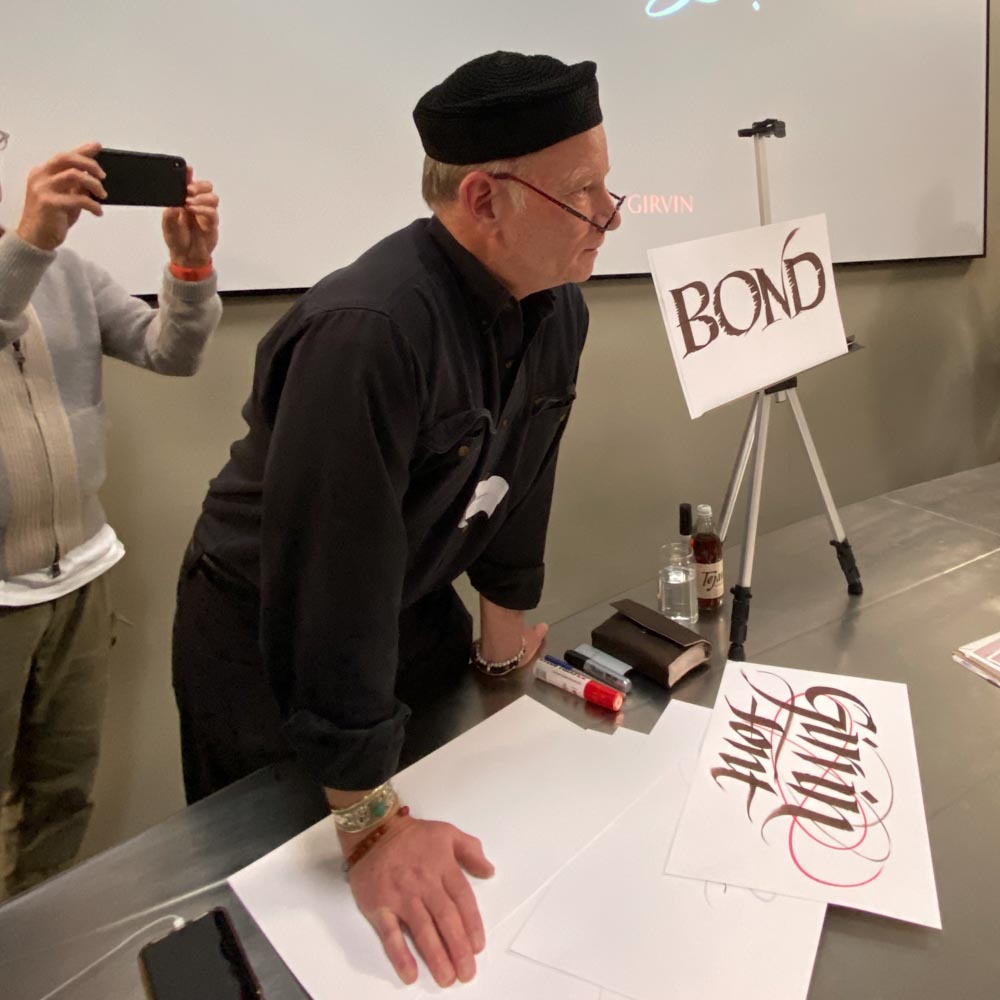
What comes out, as I’m drawing in a workshop, what do people say?
As I listen to people telling the story of their work is:
why?
What’s the work,
the meaning of your work,
and the why?
Others?
They might contemplate the nature of writing as an inventive use of vocabulary and newly positioning ideals, freshly interpreted—nice, but who cares?
What depth,to engagement?
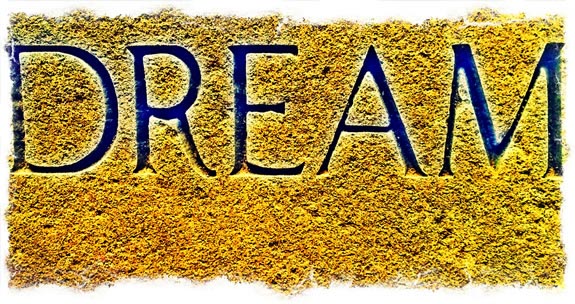
I’m looking for that—the dreamer is the whole dream:
the depth of the measure of this thoughtful creativity,
the draw of the spell,
the casting of the magical interpretation—translation of being,
from one place of experience,
to another tier of contact for the experiencer. What was, evolved, and is now new.
And, in the making, the craft of the work,
the worker changes.
From one plane of knowing, to another plane of being.
Or an illustrator might proffer seeing and drafting what is seen, in scene. Each might interpret their journey in their own way. I interpret mine differently — and have, since I was a child.
In drawing something, a mark makes meaning.
It is a word to be read, a mark that draws one in, or protects the journey.
Drawing
draws in, like a breath, drawn out.
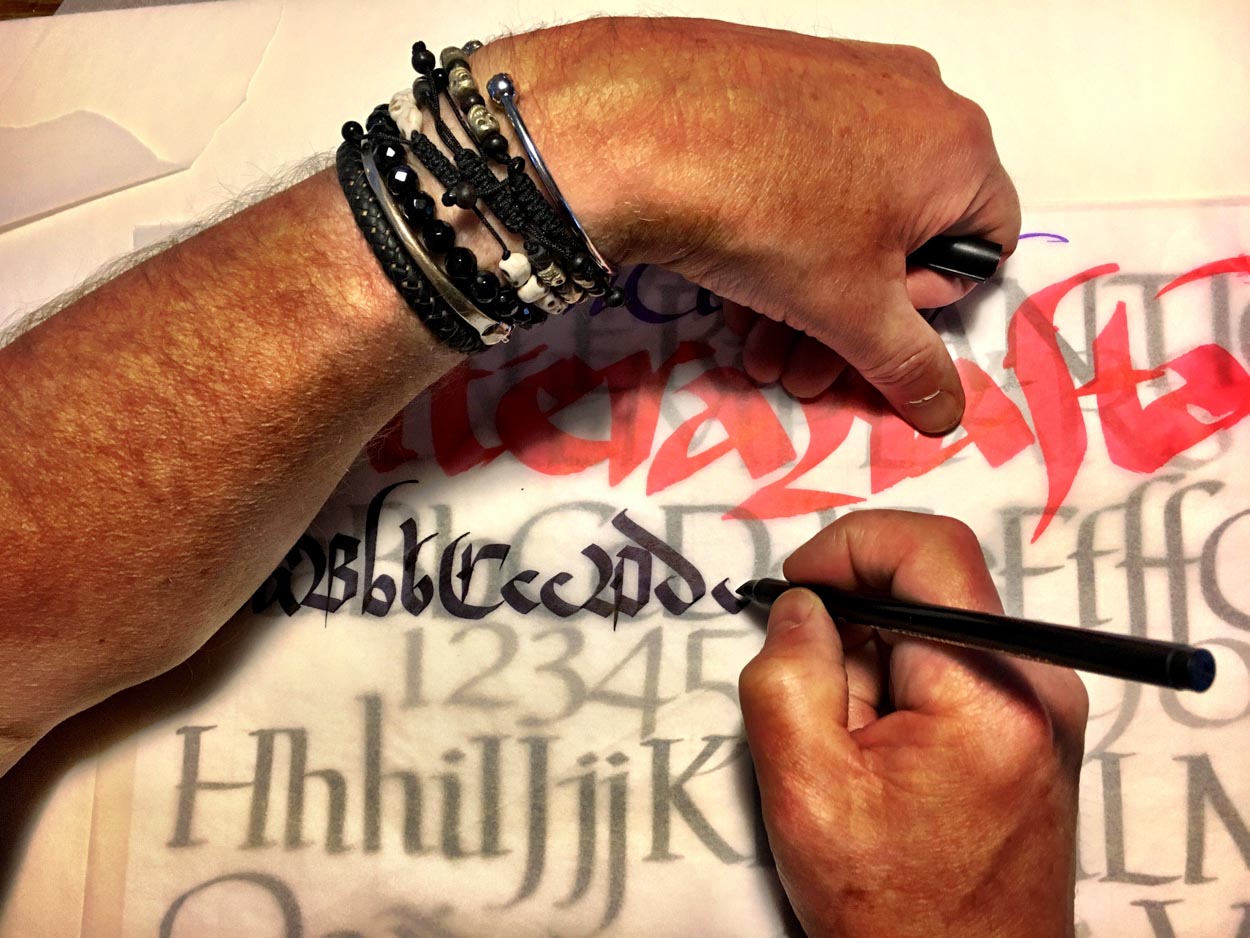
When I was younger, I drew talismans for friends and travelers, that came from
my studies of Rudolf Koch‘s work —introduced to me by Harold Balazs,
noted elsewhere.
The point might be that the power of the work will be layered to commitment —
what, in your work, do you commit to?
What, in your work, do you believe in?
Commitment and more importantly, belief, figure powerfully in the psychical space of the meditation on work and how that intertwines in the practice of being
what you are.
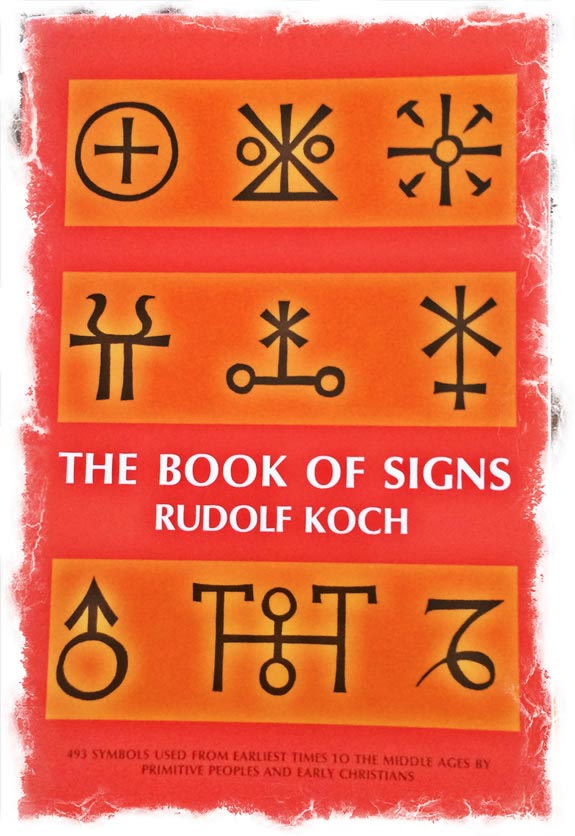
That might be confirmed—magical thinking, sympathetic object, belief and touch sensation—
in a manner, by this study:
which, to quote the HBR notation:
“Research participants with intuitive thinking styles demonstrated higher creativity after handling papers supposedly touched by creative people and lower creativity after handling papers said to have been touched by less-creative people, say Thomas Kramer of the University of South Carolina and Lauren G. Block of the City University of New York. Those who believed the papers had been touched by creative people came up with about 67% more ways to use a paperclip than those who thought the papers had been touched by people with low creativity (there was no such effect among participants with highly rational thinking styles). The findings suggest that intuitive-minded employees may perform better on assigned tasks when using pens or computers previously used by creative or intelligent people, the researchers say.”
What that comes down to
is what you believe.
And if, for example, you believe that making a line suggests, by its very naming, is a plane-shifting, psychical transposition—it moves perception from one place to another plane.
The experiencer sees things differently—they are transported.
And that is magical—a voyage in experiential transport.
Which is at the heart of creative impetus—making things that change points of view, literally, from one plane to another plane of understanding. And, as we all know, “understanding” is “inner standing.”
Which could be interpreted in the stance of the idea of standing in-between
points of knowing in
a newer, deeper level of embracement.
Get out. Mix. Stand in-between, inner-stand. Like Istanbul—to know more,
get out there, on the streets, in the crowds, and circulate.
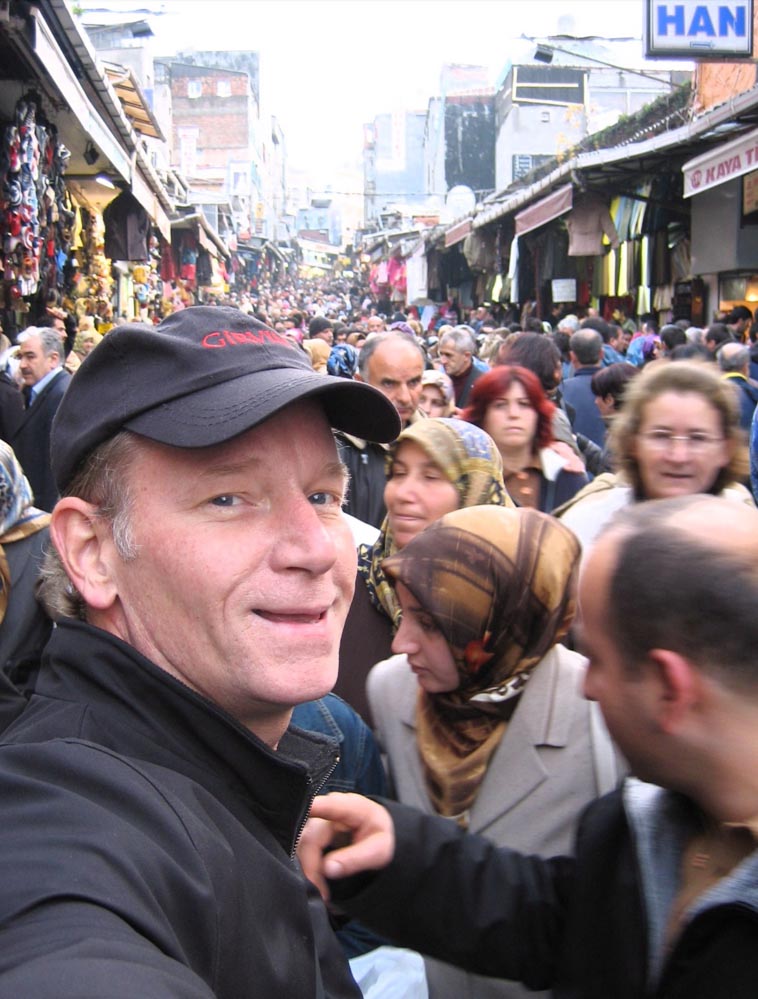
And in the storytelling of brand, embracement and “holding” are what it’s all about. How do you tell a story that is spoken in a way, and visually lustrated in a manner, that people get it, hold it as their own,
and share it with others?
That is tran-slation/position/formation.
Even Apple thought of its products as magical.
You can go there.
You might be there,
all ready.
What is this?
A circle and a cross?
What does it mean?
Up to you, and what
you believe in.
B R A N D a i d, anytime.
––––––––––––––––––––
Let me know if I can help in any manner.
Tim
Tim @ GIRVIN | Strategic Brands
digital | built environments by Osean | theatrical branding
waves | art | talismanika™
Projects in strategy | story | naming | messaging | print
identity | built environments | packaging
social media | websites | interactive
To each, their own magic
